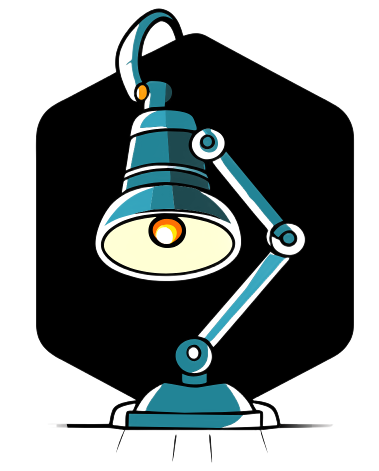Can hard disk be replaced by SSD?
To manage your external hard drives in Windows, follow these steps:
- Move your mouse to the bottom left corner of the desktop.
- Right-click on the Start icon.
- Select "Disk Management" for Windows 8 and later versions.
A pop-up will prompt you to initialize the SSD when you open Disk Management.
How to View Data on an External Hard Drive
To view the content of an external hard drive, follow these steps:
- In the Disk Management window, right-click on the box corresponding to the external drive.
- Select "Open" to view the content of the external hard drive.
- The label "Unallocated" should be displayed.
- From the menu, select "New Simple Volume".
Why Can’t I See My External Hard Drive?
If you can’t see your external hard drive, it may be due to a problem with the Windows drivers or a malfunctioning USB port. Try connecting the external drive to an alternative USB port on your system.
How to Recover Data from an Undetected External Hard Drive
To recover data from an undetected hard drive, you can use Recoverit Data Recovery. It is a highly effective software for recovering data from any type of storage device. With this tool, you can quickly, safely, and efficiently recover data from an external hard drive.
How to Access the C Drive
To access the C drive, follow these steps:
- Start CMD.
- Type "diskpart" and press Enter.
- Then, type "list volume" and press Enter.
- The volume number, drive letter, drive label, formatting system, partition type and size, status, and other information will be displayed.
How to Initialize a Hard Disk
To initialize a new disk, follow these steps:
- Open Disk Management with administrator permission.
- Right-click on the disk and choose "Initialize Disk".
How to Repair the Local Disk D
To repair the local Disk D, follow these steps:
- Go to the Disk Management toolbar.
- Click on "Action".
- Choose "Rescan Disks" to allow the system to perform a new identification for all connected disks.
- Check if the D drive appears afterward.
How to View Disk Partitions
To view disk partitions, follow these steps:
- Launch Partition Assistant.
- Right-click on the disk you want to view in the main screen.
- Select "Properties".
- This will display all the properties and information of the disk.
How to Verify MBR or GPT
To verify if a disk uses MBR or GPT for Linux, follow these steps:
- Check the partition table, also known as the partition table.
- If the label is "msdos", the disk is formatted using the MBR table.
- If the label is "gpt", the disk is formatted using the GPT table.
How to Format an SSD
To format your SSD, follow these steps:
- Select the Start menu or the Windows button.
- Choose Control Panel.
- Select System and Security.
- Choose Administrative Tools, then Computer Management, and finally Disk Management.
- Right-click on the disk and choose "Format".
How to View Data on an External Hard Drive (Alternative Method)
To view the content of an external hard drive, follow these steps:
- In the Disk Management window, right-click on the box corresponding to the external drive.
- The label "Unallocated" should be displayed.
- From the menu, select "New Simple Volume".
How to Initialize a Hard Disk (Alternative Method)
To initialize a new disk, follow these steps:
- Open Disk Management with administrator permission.
- Right-click on the disk and choose "Initialize Disk".
How to View Disk Partitions (Alternative Method)
To view disk partitions, follow these steps:
- Launch Partition Assistant.
- Right-click on the disk you want to view in the main screen.
- Select "Properties".
- This will display all the properties and information of the disk.
